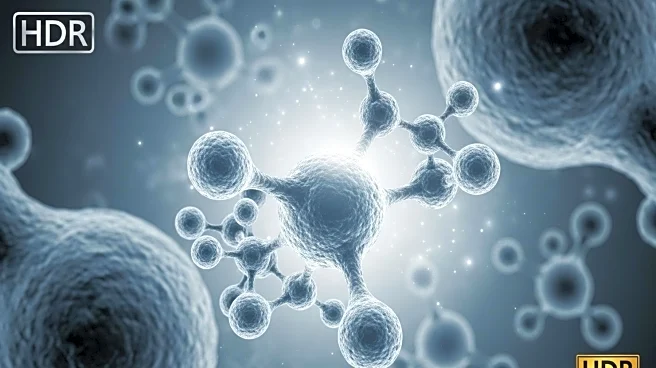What's Happening?
Researchers from the Max Planck Institute for Medical Research in Heidelberg, Germany, have introduced SNAP-tag2, a new tool for live-cell imaging. This advanced version of SNAP-tag offers improved cell permeability, faster labeling kinetics, and increased brightness. The development involved creating substrate scaffolds with better reactivity and compatibility for live-cell imaging. Computational modeling, directed evolution, and deep mutational scanning were employed to enhance the reactivity and stability of SNAP-tag, resulting in SNAP-tag2, which features 11 substitutions and a modified amino acid segment.
Why It's Important?
The introduction of SNAP-tag2 represents a significant advancement in the field of fluorescence imaging, which is crucial for biological research and medical diagnostics. By allowing labeling at lower concentrations and shorter timescales, SNAP-tag2 enhances the efficiency and effectiveness of live-cell imaging. This development could lead to more precise and detailed observations of cellular processes, potentially accelerating research in areas such as drug development, disease understanding, and molecular biology.












